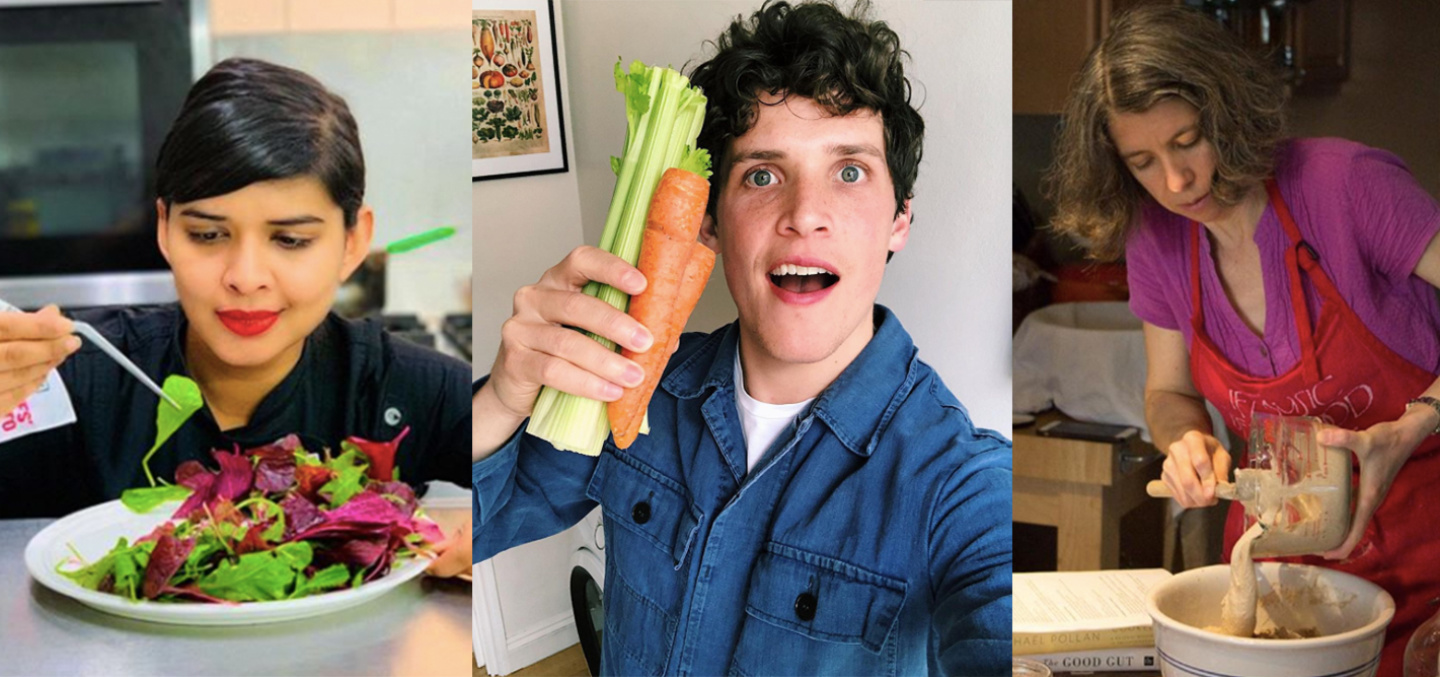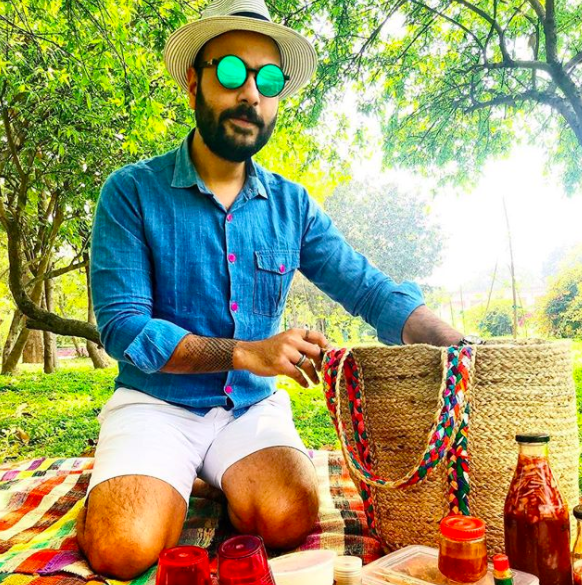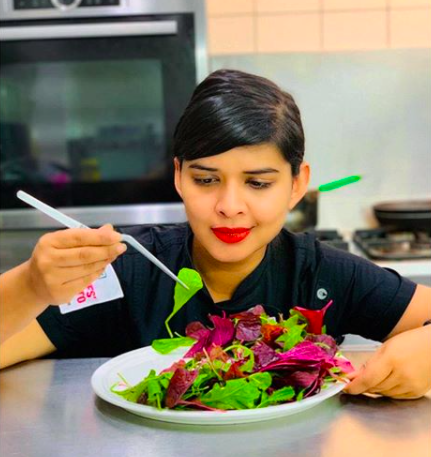
Want to impress your mom and save the planet? Learn to cook like a zero-waste chef
Bonus: Elaichi banana peels can replace your dad’s boot polish
How difficult is it to be a zero-waste chef, really? To put things into perspective, let’s make a sandwich. You use two slices of bread that come in plastic bags, and cut the crusts off to toss into the bin. Then you throw on a slice of cheese that, again, comes packaged in plastic. You cut up maybe less than half a tomato, the rest of which you wrap in cling film and leave to use later but never do. The cucumber meets a similar fate, and then comes the dipping sauce – either ketchup from a bottle which you will forget to reuse or chutney that leaves behind onion peels, coriander stems and roots, garlic peels, and lemon rind as vegetable waste.
If a harmless sandwich for one can leave behind this much waste, just imagine the kind of damage a dinner party or, for that matter, even a day’s worth of food would do.
To make your transition to becoming a zero-waste chef easier, we indulged in our second-favourite pastime (after eating): Instagram stalking.
We found 6 gurujis for the zero-waste chef to follow
Max La Manna has some bizarre recipes the zero-waste chef will love

“More plants, less waste” is La Manna’s cooking mantra, one that he has successfully influenced over 3,00,000 Instagram followers with.
The zero-waste chef, also an award-wining author and presenter for BBC Earth, encourages more awareness around the food we put on our plate, where it comes from and what happens when we waste it. “I found out that the number one occupant in landfills is food waste,” he says in an interview. “People are misinformed of how to treat food scraps and whether or not food is ‘bad’ based on confusing labelling techniques.”
La Manna’s Instagram features “easy recipes and low-waste tips to save you money” along with innovative recipes with leftovers like peel and stem soup, no-waste versions of comfort food favourites like mac and cheese, easy ways to whip up staples like almond milk, and delicious vegetarian versions of meaty favourites such as meatballs.
Manu Chandra’s experimental approach to ensure nothing goes to waste

Manu Chandra, chef partner, Toast & Tonic, is the sorcerer behind the restaurant and bar’s drool-worthy menu. And the kitchen is not just famous for pushing out mouthwatering dish after dish, but also for minimising the food waste created. When preparing chicken, they smoke the whole bird, and use the meat for the dishes, bones for broth, and the skin to add a bit of crunch to their fried rice.
As for vegetables, the stems, leaves, trimmings and other scraps are often repurposed and used in soups and sauces.
“A few days ago, a team member was roasting eggplant for the baba ganoush. Usually, the charred skin is discarded, but it still has a few bits of flesh left. So I dunked that into the veg stock, which simmered away till it turned into a smoky, viscous liquid, waiting to be converted into jus,” shared Manu Chandra in an interview with Live Mint.
Experimenting and thinking out of the box seems to be Chandra’s secret to making the best from what might seem waste to most.
Anne-Marie Bonneau’s first step towards becoming a zero-waste chef? No processed food

Deciding to opt for a plastic-free lifestyle in 2011 unknowingly became Bonneau’s first step towards becoming a zero-waste chef. No plastic meant no chips that come in glossy packages, no tubs of ice cream, and essentially, no processed food at all.
Not having access to pre-packaged food that we rely on so heavily led to Bonneau spending more time in her kitchen to churn out staples that she could no longer grab off the racks of a supermarket, and this further fuelled her interest (and eventual obsession) with fermentation.
Kimchi, dill pickles, kombucha, mead, ginger beer, and most recently, sourdough bread make for the stars of Bonneau’s zero-waste kitchen.
“My number-one tip is to cook real food,” said Bonneau in an interview with Green Matters. “So much plastic trash in our waste stream comes from food packaging for processed food, which isn’t healthy for us or the planet. So cut the shiny packages — chips, soda, cookies, frozen pizzas, fast food and so on — and you not only eliminate a ton of trash, you improve your diet and health.
You’ll eat more fresh produce (vegetables have their own package, for example) and you learn what to do with food already in your kitchen before you buy more. That will help reduce food waste also, which is a serious problem as food rotting in landfills cut off oxygen as it so tightly compacted, releasing methane gas as it decomposes — a greenhouse gas much more potent than carbon dioxide.”
Eeshaan Kashyap’s super simple hacks to up your zero-waste score

The brain behind popular eateries such as Ping’s Orient Cafe, Jamun, and Sazerac and bars like PCO, A Ta Maison, PDA, this zero-waste chef and his approach is anything but intimidating, and includes practices you can easily steal for your daily schedule.
Kashyap’s simple and practical hacks can help make your kitchen greener than ever. From The Hindu:
- Follow the “First In, First Out” rule, says Kashyap. Whatever makes it first to the fridge, should be the first to make it on your plate. This keeps you from having to throw away produce that has gone bad.
- Coriander roots can be dried up and used to add flavour in soups, stocks, and sauces.
- Once you’re done whipping up a fluffy omlette, ground the egg shells instead of throwing them and use them as a dishwashing agent to clean heavy pots and pans. They can also be sprinkled on soil as a fertiliser to bring your kitchen garden to life.
- Fresh banana peels can be used to polish leather shoes and tarnished silverware.
Radhika Khandelwal’s trick to get your whole team motivated

Delhi-based Fig and Maple’s chef-owner Khandelwal doesn’t just work tirelessly towards minimising waste in her kitchen, but puts in an equal effort towards spreading awareness and encouraging people to do the same.
Khandelwal has a great trick up her sleeve to sensitise your team towards the cause and to help motivate them to follow your zero-waste approach towards cooking – “When I trained my team, I used to make them weigh the trash so they would realise how much waste they’re generating. While they’re fully aligned with my philosophy now, I still do random dustbin checks,” said Khandelwal in an interview with India Today.
Yotam Ottolenghi is a zero-waste chef whose approach isn’t limited to food

Ottolenghi’s restaurant Rovi, since the time it first opened in 2018, has paid special attention to techniques such as fermentation that help reduce waste generation in the kitchen.
Also, Ottolenghi’s approach is all-encompassing and not limited to his handling and preparation of food. A great hack that the zero-waste chef uses, and one that can help you, is using heat energy from the kitchen to heat the dining space.
As far as kitchen tips are concerned, he is known to create cooking vinegars, vegetable stocks and the bases of botanical cocktails using kitchen waste. And also sources his produce from a biodynamic farm.

